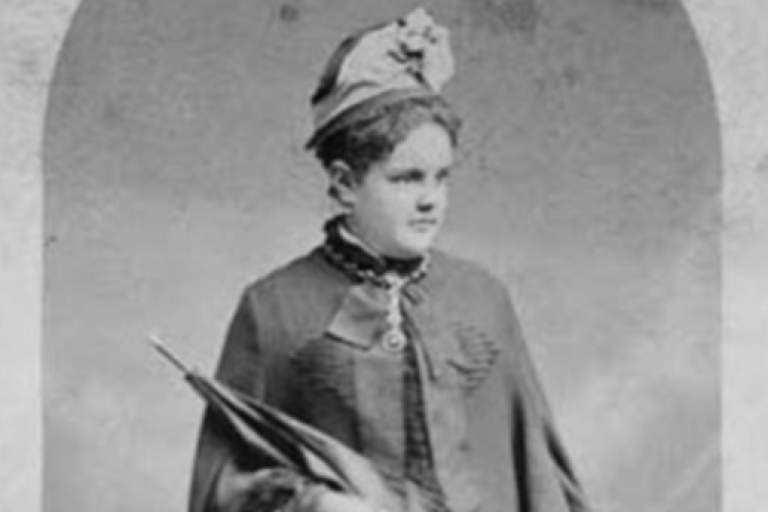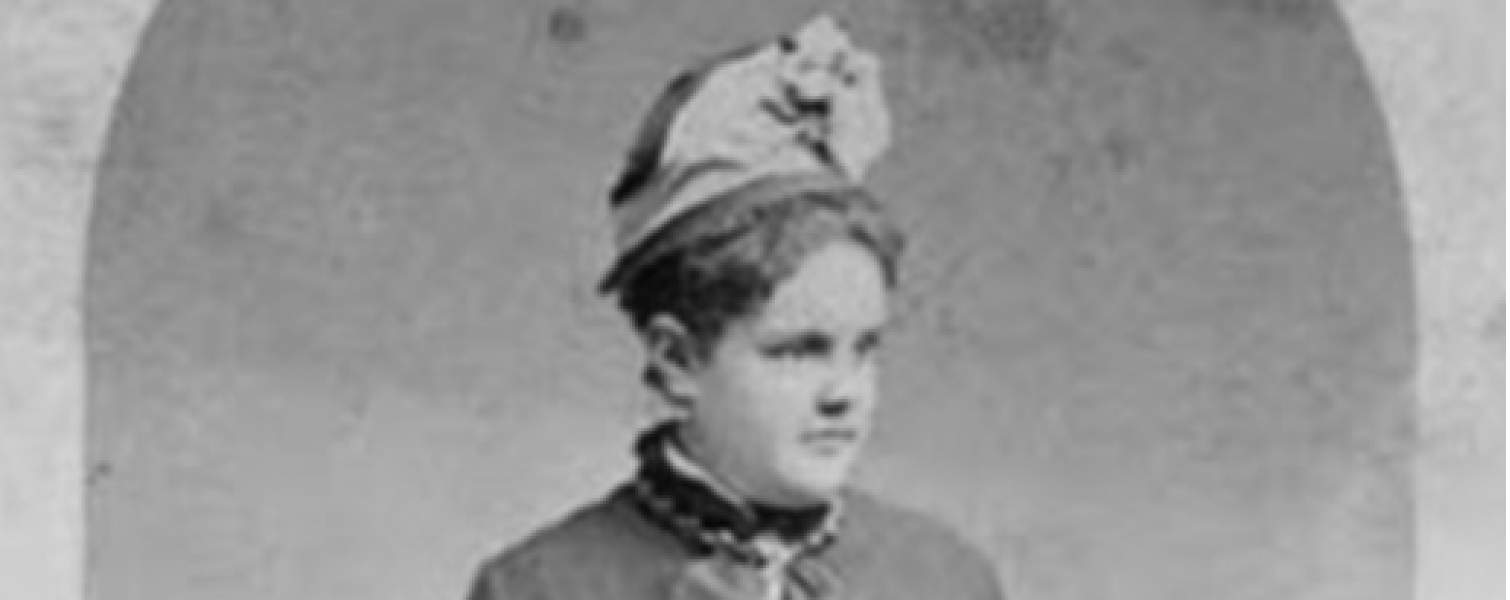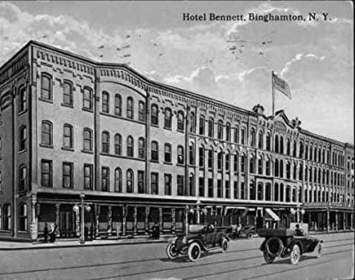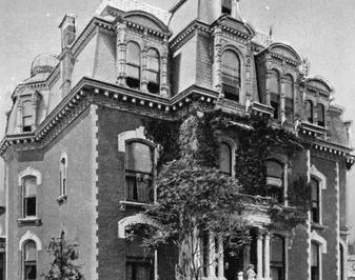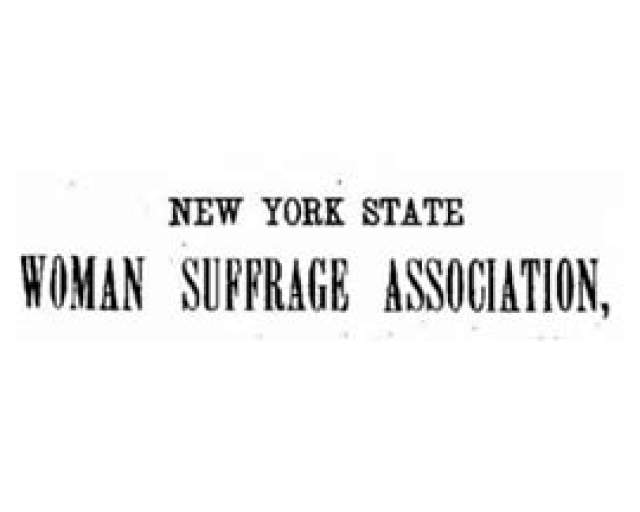
Maud Ingersoll Probasco was the younger daughter of nineteenth-century freethought orator Robert Green Ingersoll. She was born November 4, 1864, in Peoria, Illinois. Like her older sister Eva Ingersoll (born December 2, 1863), Maud enjoyed a privileged and intellectually enriching upbringing. Robert Ingersoll's household was an active center of culture and the arts, especially after the family moved to Washington, D.C., in 1878 and New York City in 1885.
As adults, both sisters settled in Manhattan and became active in the causes of woman's suffrage and anti-vivisectionism, an early type of animal-rights activism. In 1912, Maud married Wallace McLean Probasco, a printing executive and nephew of U.S. Supreme Court Justice John McLean.
In 1913, Maud served a partial term as treasurer of the New York State Woman Suffrage Association. In that capacity, she attended the organization's Forty-Fifth Annual Convention on October 14–17 at Centenary Church in Binghamton, New York, where she delivered the treasurer's report.
By spring 1926, Maud had made the acquaintance of Joseph L. Lewis, then the nation's most visible atheist activist. On May 26 of that year, the two appeared together on radio station WGBS in New York City. Lewis read some quotations of Robert Ingersoll's over the airwaves. Maud identified this as the first time her father's words had been broadcast via radio.
Scandal rocked Maud's life during the 1920s. Her husband, Wallace, carried on an affair of several years' duration with one Mazie Ingersoll (not a close relation, though all Americans surnamed Ingersoll are descended from two brothers and a cousin who migrated from England in the mid-1600s; Mazie was the wife of the manufacturer of Ingersoll brand watches, who occupied one of the other two branches of the Ingersoll family tree). In 1926, Maud learned of the affair and sued for divorce. Later that year, she and Wallace reconciled. Wallace then visited Mazie to break off the affair; she shot him three times, then killed herself. He was briefly charged with homicide before authorities established the chain of events.
From 1930 until her death, Maud led multiple campaigns to erect a statue to her father's memory in Washington, D.C., many in collaboration with Lewis. Maud began fundraising in 1930 and soon commissioned sculptor Gutzon Borglum (controversial today but then renowned for leading the carving of Mount Rushmore) to design the statue. Borglum sculpted a clay model of a full-length Ingersoll statue at Pump Station Number 2, his studio in San Antonio, Texas. Borglum chose to depict Ingersoll at about age 40, with more hair and a considerably svelter figure than the Fritz Triebel Ingersoll statue in Peoria, Illinois.
Between 1934 and 1942, freethinkers made repeated efforts to secure the necessary unanimous joint resolution of Congress to authorize the siting of a statue. Each such effort failed in the face of hostile petition drives by churches.
Borglum abandoned the Pump Station Number 2 studio as the result of a maintenance dispute; he died in 1941. The fate of his clay model of Ingersoll is unknown.
Maud died in New York City on February 12, 1936.
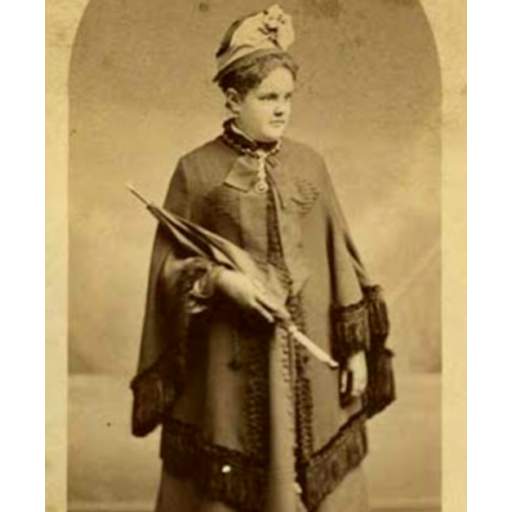
Maud Ingersoll Probasco
Maud Ingersoll Probasco, younger daughter of "Great Agnostic" Robert Green Ingersoll.
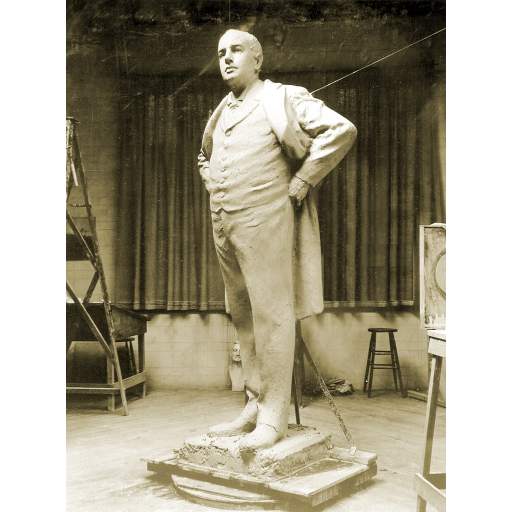
Gutzon Borglum Clay Study for Ingersoll Statue
Maud Ingersoll Probasco commissioned Mount Rushmore sculptor Gutzon Borglum to design a full-length statue of Robert Green Ingersoll for possible erection in Washington, D. C. Borglum progressed as far as this clay study; despite multiple attempts, the necessary joint resolution of Congress was never obtained. Photo by Harvey Patteson, then San Antonio, Texas's most prolific commercial photographer, circa 1930.
Associated Historical Events
Forty-Fifth NY State Suffrage Convention
October 14–17, 1913
